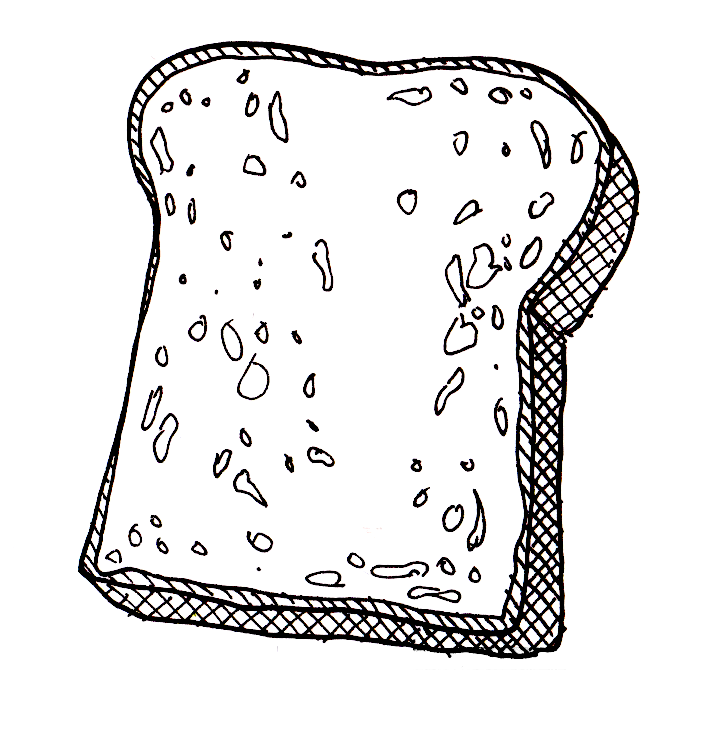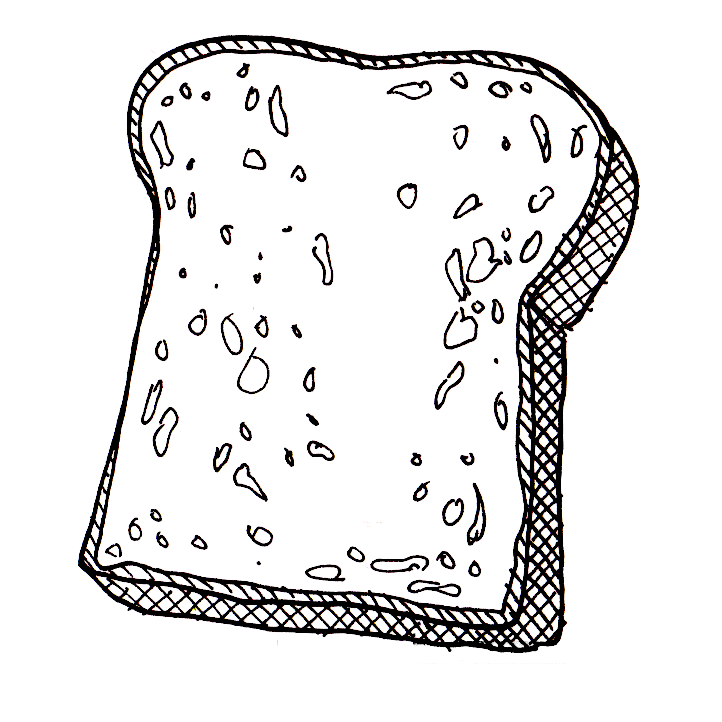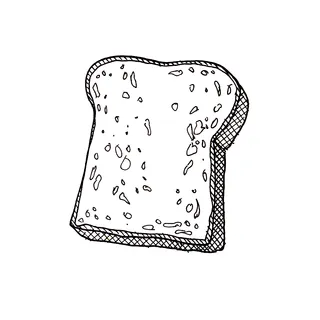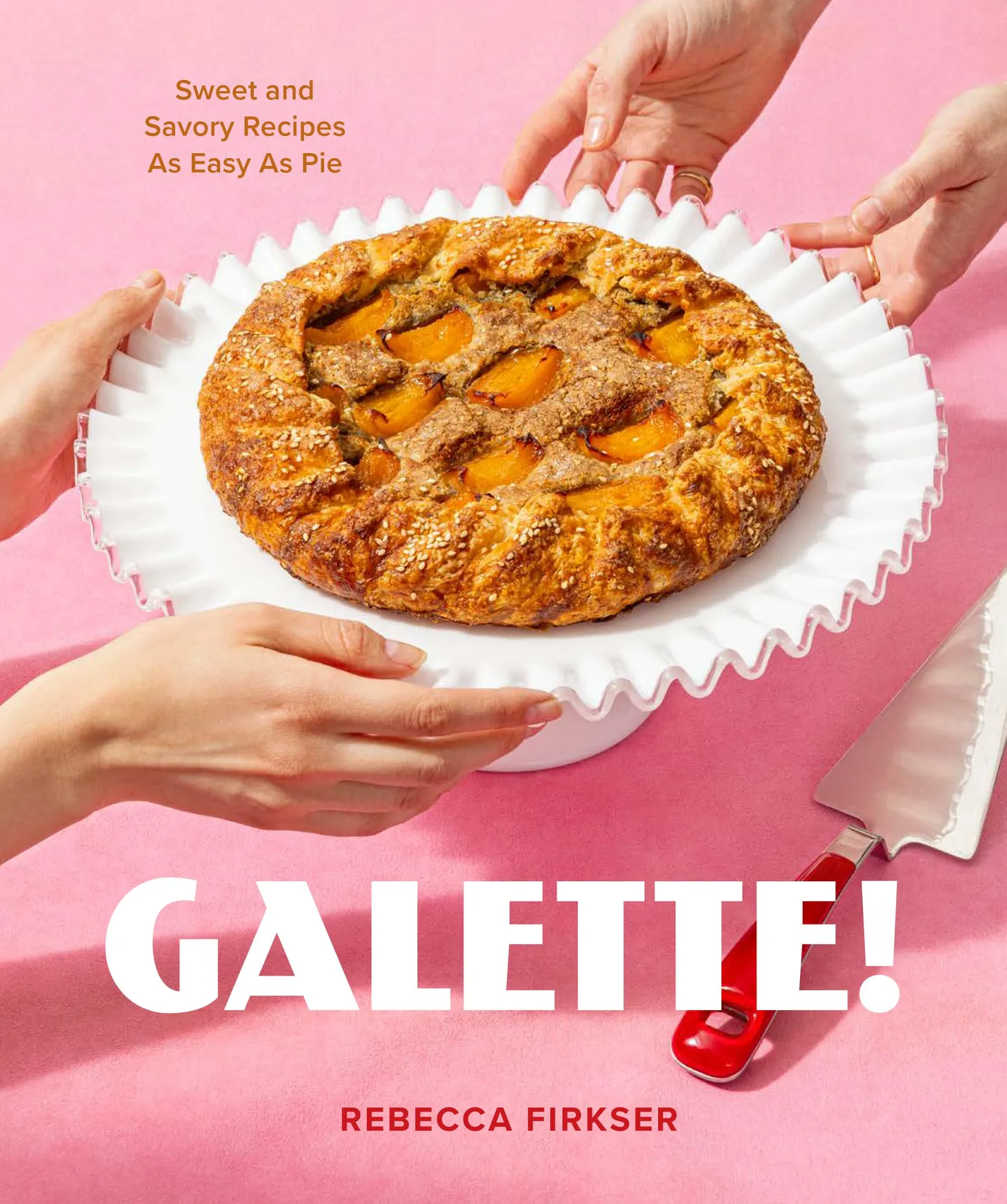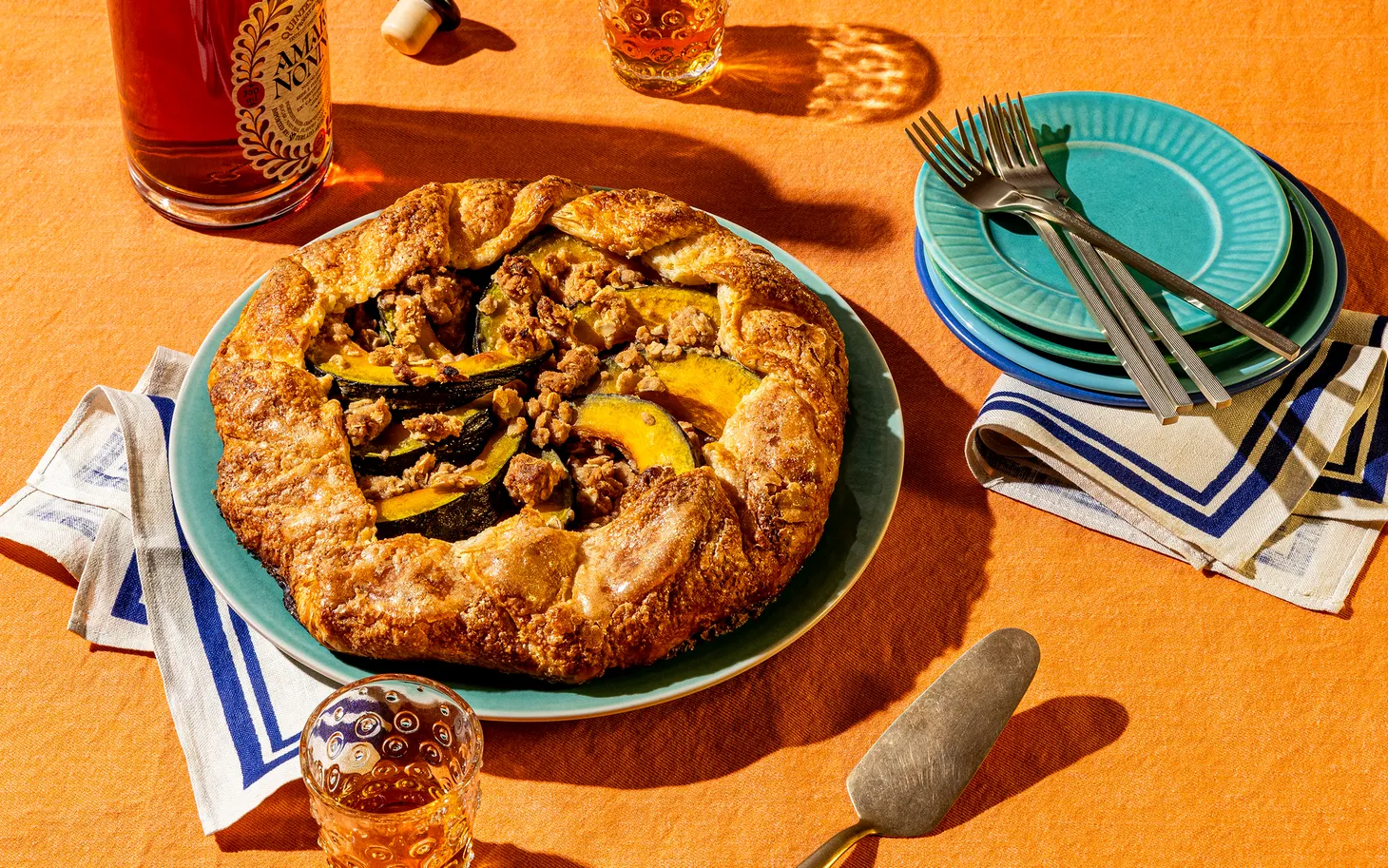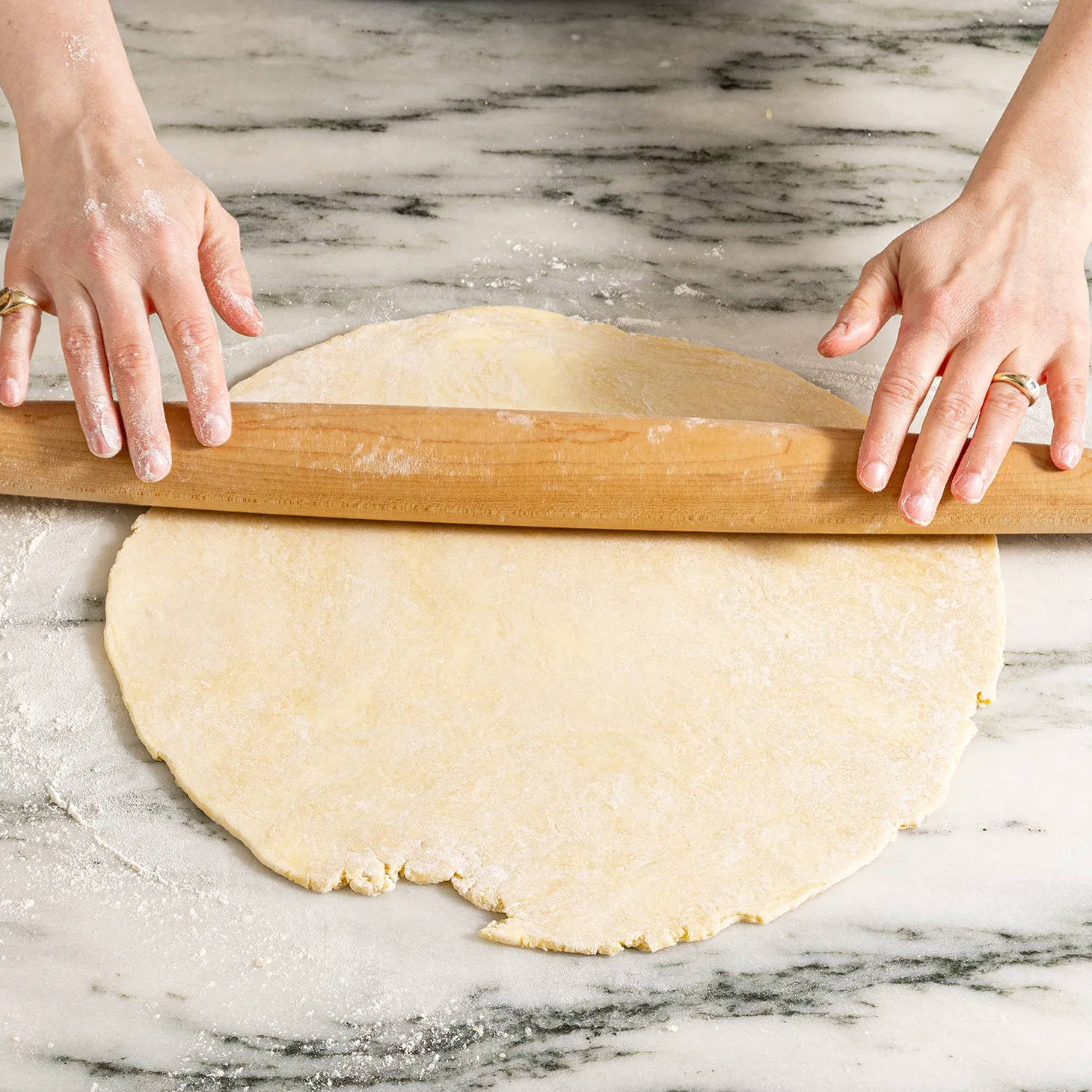How to Make and Eat Smørrebrød
An excerpt (and two recipes) from Nichole Accetola's 'Scandinavian from Scratch'
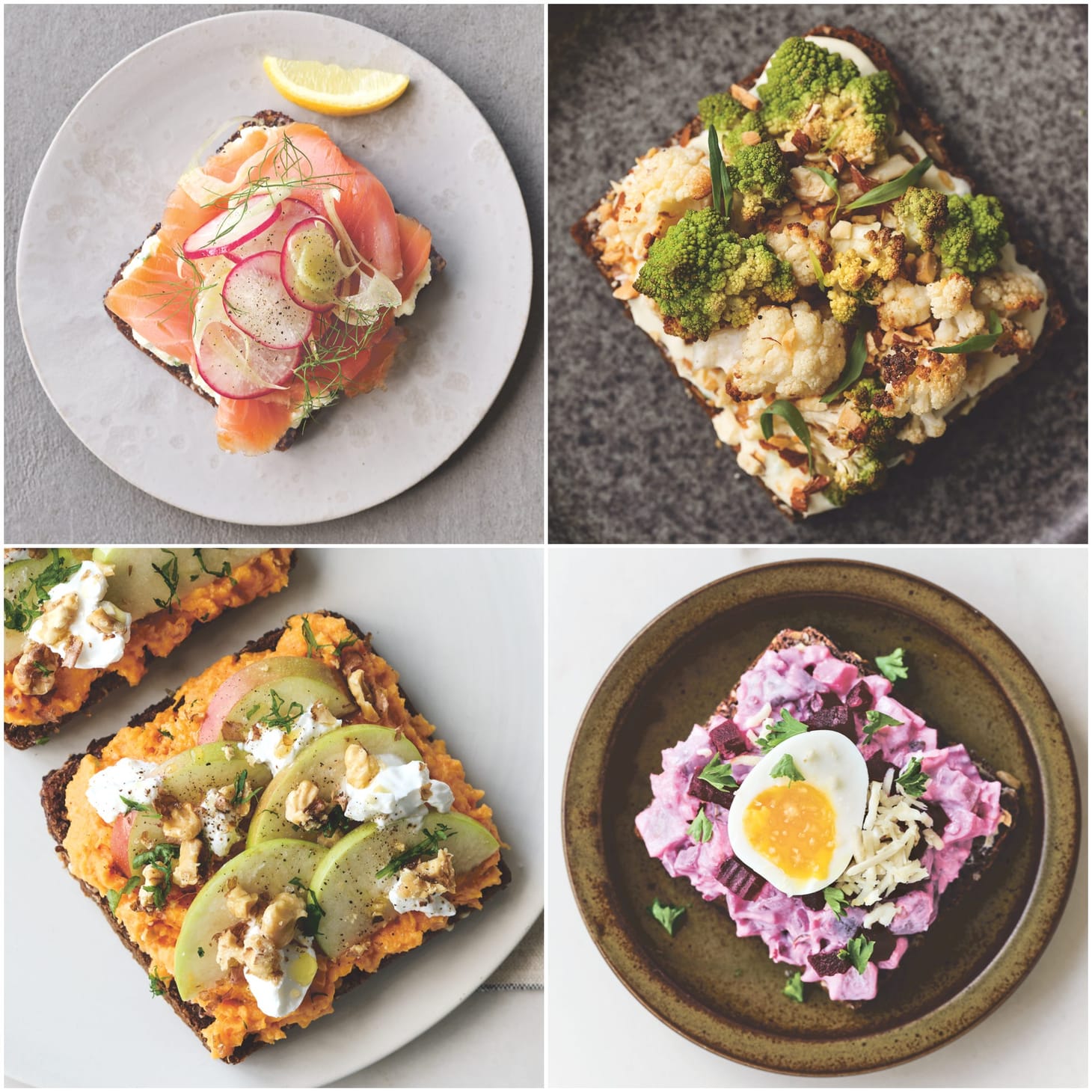
Table of Contents
This week I am sharing an excerpt and two recipes from Nichole Accetola’s book, Scandinavian from Scratch, which was released in 2023. Nichole is the owner of Kantine, a bakery in San Francisco inspired by her many years of living in Denmark. I’ve been a fan of the book since it came out, but I’ve recently revisited it because I have been baking lots of whole-rye sourdoughs, and making lots of open-faced sandwiches with them.

There’s perhaps no culture that has elevated the art of the open-faced sandwich higher than Denmark, where they make smørrebrød (“butter bread”—since butter or goose fat was used to glue the toppings to the bread): square slabs of dark rye sourdough bread, topped from edge to edge with meats, fish, vegetables, eggs, dairy, and more, in elegant, creative combinations.
Scandinavian from Scratch contains a “master class” in smørrebrød, with Nichole’s ten rules for making and eating the dish, and six recipes for it. I asked Nichole if I could share the master class here, along with a couple of recipes—Roasted Cauliflower, Tarragon Cream, and Almond and Sweet Potato, Goat Cheese, and Apple—and she graciously agreed. (As Nichole mentions, some smørrebrød is made on white bread, so don’t let lack of access to whole-rye stop you from making either of these.)


Finally: I’ve got an extra copy of Scandinavian from Scratch to send to one randomly-chosen Wordloaf paid subscriber.1 If you want in on the drawing, leave a comment below with your favorite open-faced sandwich combination. I’ll determine the winner one week from today and let you know with a reply.
—Andrew
How to Make and Eat Smørrebrød: A Master Class in Layering
It is no exaggeration to say that smørrebrød, or open-faced sandwiches, are the classic Danish dish. While an open-faced sandwich might not seem all that exciting to the uninitiated, Danes have made it an art form. In the nineteenth century, the onset of industrialization meant that factory workers couldn’t return home for lunch, and they needed something portable and hearty that could last until midday. Butter (or goose fat) spread on rye bread ensured that whatever meat or fish (usually left over from dinner the night before) got heaped on top wouldn’t seep through and make the bread soggy.
Some aspects of the original remain to this day. Smørrebrød literally means “butter bread,” and butter is still smeared on a slice of bread from crust to crust before other toppings get added. Nowadays, in addition to fish, cold cuts, and sliced cheese, various spreads and garnishes, such as potato salad, hummus, microgreens, veggie chips, and other contemporary toppings, might find their way onto a beautiful smørrebrød. Entire restaurants are devoted to these open-faced sandwiches, where extraordinary care is given to layering the components on smørrebrød in a way that is as visually pleasing as it is delicious.
Smørrebrød are served across all strata of society, from extremely fancy restaurants to working-class lunch counters, where they often come accompanied by a fist-size meatball or a fried fish cake. You can experiment and take some liberties in creating your own open-faced sandwiches. For instance, if you have a fantastic ripe avocado, go ahead and slice it to add on top, even though that is not a traditional Scandinavian garnish. However, there are some rules to be followed if you want this to count as an authentic smørrebrød experience rather than a plate of avocado toast.
Follow these rules as they add to your enjoyment, always keeping the visual element in mind as you create your sandwich. With fresh rye bread, good-quality butter, and whatever toppings you choose, your smørrebrød are bound to be works of delectable art. The recipes in this chapter are some of my favorite smørrebrød combinations. Feel free to make them as is or get creative and listen to your own sandwich muse!
Here Are Ten Rules for Making and Eating Smørrebrød That I Learned on the Ground:
- Choose attractive slices of bread to serve as your blank “canvas” (never the heel).
- Make your smørrebrød on a small and handy cutting board from which you can easily transfer it to a plate. Otherwise, it’s hard to lift the finished sandwich without having it collapse, and it keeps the edges of your plate clean.
- Always begin by buttering the whole slice of bread from crust to crust, going to the edge but never over the edge. The rare exception to the butter rule might be if you wanted a layer of hummus on your bread instead. But even then, many Danes would apply butter beneath the hummus.
- Don’t heap on toppings, but distribute them evenly from crust to crust, doing so in a visually pleasing manner (for instance, arranging slices of hard-boiled egg in a shingled pattern or overlapping smoked salmon so as to hide the darker bottom of each slice). Again, go to but never over the edge.
- Any cooked components (like eggs, shrimp, or vegetables) should be prepared as lightly as possible to keep everything tasting fresh and bright.
- Shrimp and salmon are often served on white rather than rye bread, but I personally prefer rye for all smørrebrød and break this rule without apology.
- Add mayonnaise, aioli, or rémoulade in a dollop on top of fresh ingredients, if desired. At smørrebrød restaurant kitchens in Denmark, this is often done with a squeeze bottle to keep things looking neat.
- When serving or ordering a meal of smørrebrød, people typically begin with herring, then move on to fish and shrimp before concluding the meal with meat and cheese.
- Smørrebrød should please the eye as much as the palate and also include a variety of flavors (like bitter and sweet) as well as textures (like crispy and creamy). Use sprigs of fresh herbs to garnish at the end. Dill fronds are always pretty, as well as torn leaves of flat-leaf parsley or sliced chives. If you happen to have edible flowers in your garden, don’t be afraid to garnish with them! My favorites include marigold, tulip, nasturtium, violets, English daisies, calendula, dandelion, and even carnation! To garnish in a Scandinavian manner, use only the petals, not the whole flower.
- Smørrebrød is not to be picked up and eaten with your hands but rather left on a plate and enjoyed with a knife and fork. You’ll soon understand why after you make one, since lifting one of these to your mouth would result in a messy lap.

Scandinavian From Scratch, Copyright © 2023 by Nichole Accettola. Photographs copyright © 2023 by Anders Schønnemann. Published by Ten Speed Press, an imprint of Random House.
The drawing is open to anyone, but if you live outside of the US, I will ask you to cover the cost of shipping, so keep that in mind. ↩
wordloaf Newsletter
Join the newsletter to receive the latest updates in your inbox.
